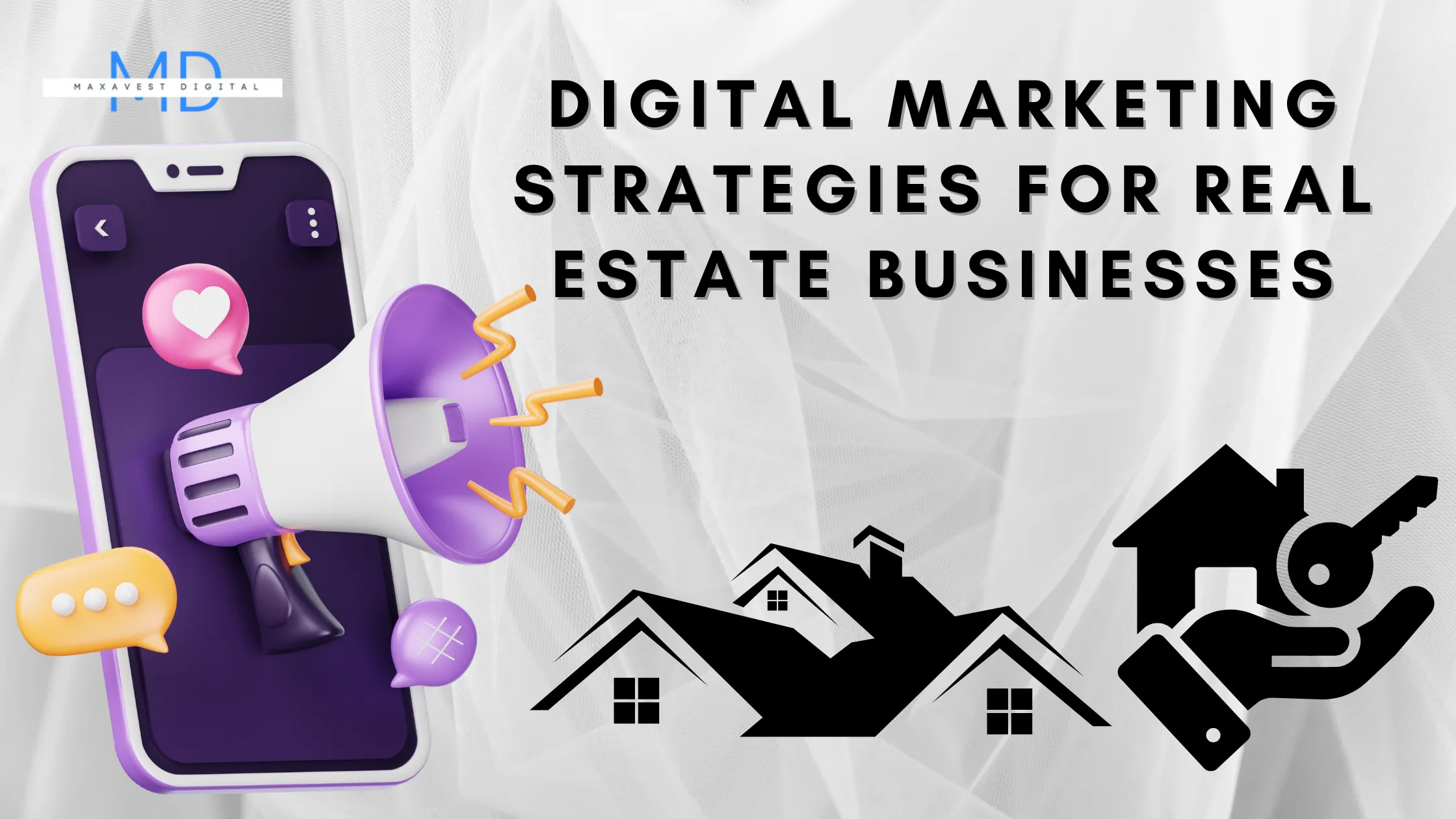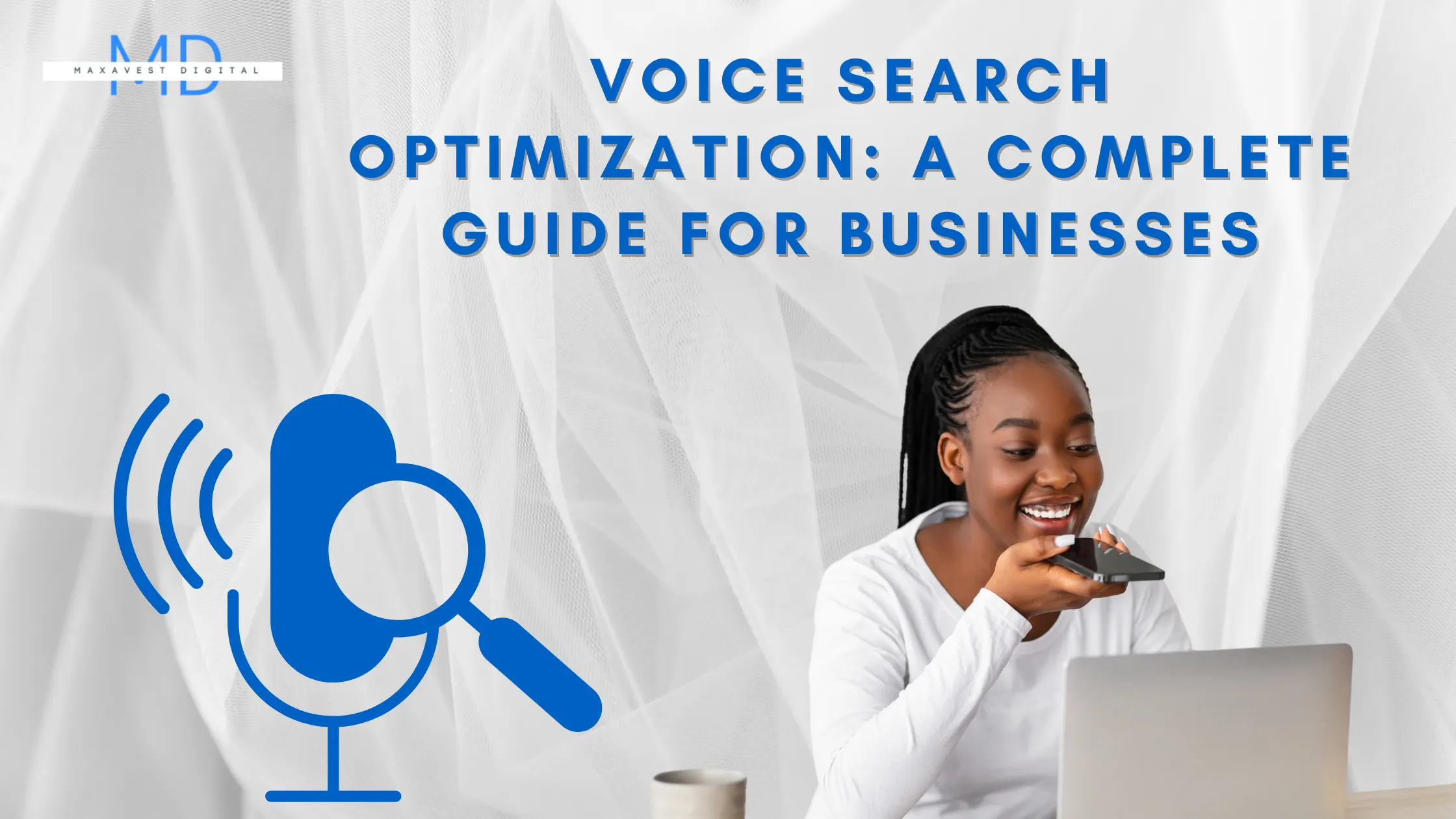How to Find the Right Influencers for Your Brand
In today’s digital ecosystem, influencer marketing has emerged as a powerful strategy for brands looking to expand their reach and drive engagement. With an ever-growing pool of influencers, knowing how to select the right ones for your brand can be the difference between a campaign that thrives and one that fizzles out. Here’s a comprehensive guide to finding influencers that will amplify your brand’s message and deliver measurable results.

Gbenga Akinyemi
Understanding Influencer Marketing: A Quick Overview
What is Influencer Marketing?
Influencer marketing refers to collaborations between brands and individuals who have significant influence over their audience, typically through social media platforms. These influencers leverage their authority to promote products or services in a way that feels authentic to their followers. In essence, it is word-of-mouth marketing in a digital context, with influencers acting as trusted advocates for brands.
The Importance of Influencer Partnerships in Today's Market
In a market saturated with advertisements, consumers have grown weary of traditional marketing tactics. Influencers, however, offer a fresh approach—one that feels personal, relatable, and credible. Partnering with the right influencers can increase brand awareness, foster trust, and ultimately drive conversions. As a result, brands are increasingly turning to influencers to create authentic connections with their target audience.
Defining Your Goals: What Do You Want to Achieve?
Brand Awareness vs. Direct Sales: Setting Clear Objectives
Before embarking on any influencer campaign, it’s critical to outline your primary objectives. Are you aiming to increase brand visibility, or are you looking for immediate sales? While some influencers excel at creating buzz and amplifying brand awareness, others may be better suited for driving direct conversions. Clear objectives will shape the type of influencers you pursue and the metrics you use to measure success.
Target Audience: Understanding Who You Want to Reach
Knowing your target audience is pivotal. Influencers serve as conduits to their followers, and if their audience doesn’t align with yours, the partnership could fall flat. Therefore, understanding your audience's demographics, interests, and pain points will help you identify influencers whose followers match your target market.
Identifying Your Ideal Influencer
Choosing the Right Niche: Aligning Influencers with Your Brand
To find an influencer who genuinely resonates with your brand, you need to consider their niche. For instance, if you’re a fitness brand, aligning with fitness influencers makes sense. However, it’s not enough to simply match niches—you should also assess whether the influencer’s tone and values mirror your brand ethos.
Assessing Follower Demographics: Age, Gender, and Interests
Influencers with large followings are not always the best fit. You need to ensure their audience demographics align with your target customers. Dive deep into the breakdown of their followers’ age, gender, location, and interests. Only then can you determine whether they are positioned to effectively communicate your message to the right people.
Evaluating Engagement Rates: Quality Over Quantity
An influencer’s engagement rate is often a stronger indicator of success than their follower count. High engagement—measured through likes, comments, and shares—signals that an influencer’s audience is genuinely interested in their content. It’s vital to focus on influencers whose followers actively engage with their posts, as this demonstrates trust and loyalty.
The Rise of Micro-Influencers: Why Small is the New Big
The Role of Authenticity: Why Genuine Influencers Matter
Authenticity is the bedrock of influencer marketing. Consumers can quickly detect disingenuous promotions, and influencers who constantly peddle products risk losing credibility. Authentic influencers maintain a balance, promoting only what aligns with their personal brand and audience’s interests. These partnerships not only foster trust but also deliver more effective results.
Analyzing Content Style: Finding the Right Fit for Your Brand
Beyond follower count and engagement, consider the influencer’s content style. Does their aesthetic align with your brand’s image? Are they skilled at storytelling, or do they focus more on visuals? Finding an influencer whose style complements your brand will ensure a seamless integration of your product into their content.
Tools and Platforms for Finding Influencers
Using Influencer Marketing Platforms: Top Tools to Consider
There are numerous platforms designed to help brands find influencers. Tools such as AspireIQ, Upfluence, and Traackr offer detailed insights into influencers' audiences, engagement metrics, and campaign performance. These platforms streamline the search process, making it easier to identify the right candidates based on your specific criteria.
Social Media Searches: How to Use Hashtags and Keywords
Sometimes, the simplest methods are the most effective. Searching hashtags and keywords related to your industry on social media platforms can lead you to influencers who are already organically discussing your niche. For example, a skincare brand might search #SkincareRoutine or #CleanBeauty to find influencers within the beauty space.
Conducting Background Research: Digging Deeper
Before reaching out, conduct thorough research on potential influencers. Review their past collaborations, read their audience’s comments, and gauge the overall sentiment. Additionally, it’s important to vet their online presence for any potential red flags, such as controversial posts or erratic engagement patterns.
Checking for Fake Followers: Ensuring Authenticity
Influencer fraud is a growing concern, with some influencers artificially inflating their follower count through bots or purchased followers. Tools like SocialBlade or HypeAuditor can help detect suspicious follower growth or unusually low engagement rates. Partnering with influencers who have genuine followings will ensure your campaigns reach real, engaged audiences.
Reviewing Previous Campaigns: Understanding Performance
Analyzing an influencer’s previous collaborations offers valuable insights into their potential fit for your brand. Look at how they integrated the product into their content, whether their audience responded positively, and if the campaign led to measurable results. This will help you predict how they might perform for your brand.
Reaching Out: Best Practices for Initial Contact
Crafting the Perfect Outreach Message: What to Include
When reaching out to an influencer, personalization is key. Avoid generic messages and tailor your outreach to reflect the influencer’s unique style and audience. Be clear about why you think they’re a great fit for your brand, what you hope to achieve, and what you’re offering in return. Authenticity and transparency go a long way in establishing strong relationships.
Building Relationships: Nurturing Connections with Influencers
Influencer partnerships should be seen as relationships, not transactions. Engage with their content, provide value, and build trust over time. By fostering genuine connections, you increase the likelihood of creating long-term partnerships that are mutually beneficial.
Negotiating Collaborations: Terms and Compensation
When it comes to negotiating with influencers, transparency is vital. Be upfront about your budget, expectations, and deliverables. Compensation models vary—some influencers prefer pay-per-post arrangements, while others might work on a commission basis. Flexibility and clear communication will help ensure both parties are satisfied with the terms.
Understanding Compensation Models: Pay-per-post vs. Commission
Pay-per-post is a straightforward approach, offering influencers a fixed fee for each piece of content. However, commission-based models align influencers’ incentives with your sales objectives, offering a percentage of the revenue generated through their promotions. Selecting the right model depends on your campaign goals and the influencer’s preferences.
Setting Expectations: Clear Communication for Successful Campaigns
Clear communication is the cornerstone of any successful influencer campaign. Establish guidelines, deliverables, timelines, and KPIs from the outset. This ensures both parties are aligned, minimizing the risk of misunderstandings or unmet expectations.
Measuring Success: Evaluating Influencer Impact
Defining Key Performance Indicators (KPIs): What to Track
Determining the success of your influencer campaign hinges on the right metrics. Depending on your objectives, KPIs might include engagement rates, reach, conversions, or website traffic. Tracking these metrics will provide a clear picture of the campaign’s impact.
Analyzing ROI: How to Assess the Value of Influencer Partnerships
To truly understand the effectiveness of an influencer partnership, you need to calculate the return on investment (ROI). Compare the cost of the collaboration against the measurable outcomes—such as increased sales, follower growth, or website visits. This will help you determine whether the investment was worthwhile.
Adapting Your Strategy: Learning and Evolving
Influencer marketing is a dynamic field. As trends evolve and algorithms shift, so too should your strategy. Analyze campaign performance, gather feedback from influencers, and make iterative improvements to ensure your future collaborations continue to deliver optimal results.
Iterating Based on Feedback: Continuous Improvement
Solicit feedback from your influencers to gain insights into what worked and what didn’t. Use this information to fine-tune your approach, ensuring your next campaign is even more effective. Continuous improvement is the key to staying ahead in the fast-paced world of influencer marketing.
Staying Up-to-Date with Trends: Keeping Your Influencer Strategy Fresh
Influencer marketing is constantly evolving. Staying up-to-date with the latest trends, platform updates, and consumer behavior shifts will help keep your influencer strategy relevant and effective.
Conclusion: The Key to Successful Influencer Marketing
Emphasizing Long-Term Partnerships: Building Lasting Relationships
The most successful influencer campaigns aren’t one-offs. They’re built on long-term partnerships, where influencers become genuine advocates for your brand. Cultivating these lasting relationships ensures consistent engagement and a steady return on investment over time.
Final Thoughts: Making Informed Choices for Your Brand
Finding the right influencer requires a careful balance of research, strategy, and relationship-building. By aligning your brand with influencers who resonate with your audience and share your values, you can create authentic partnerships that drive real results for your brand.


























